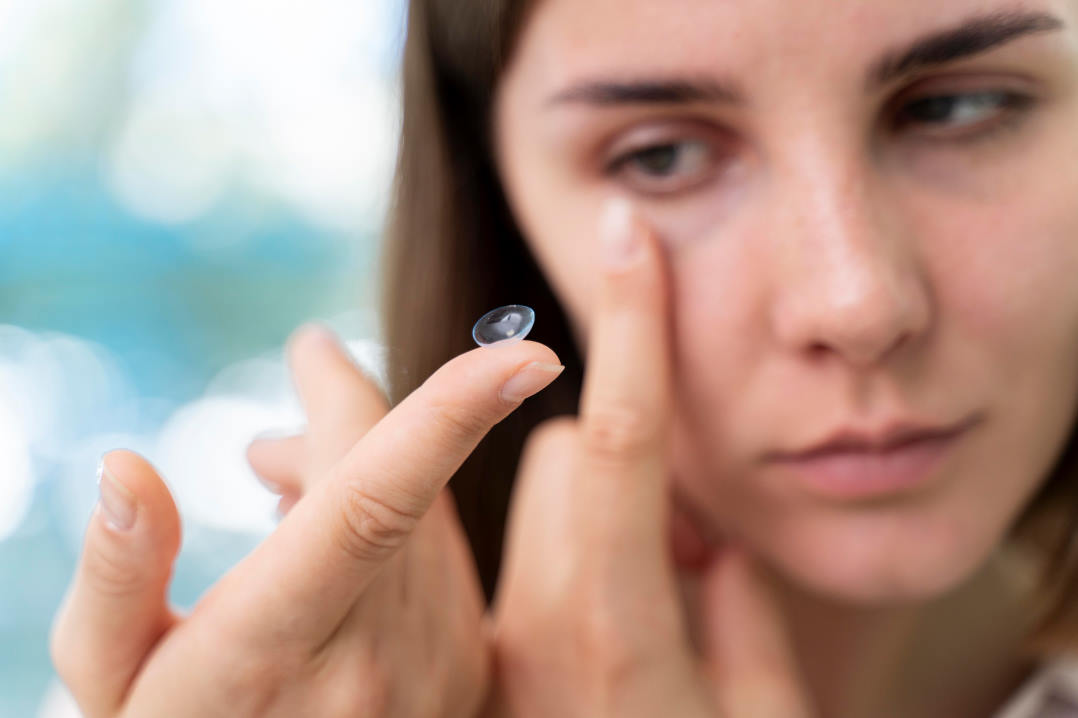Oculoplastic research review
Telemedicine in oculoplastic and adnexal surgery: clinicians’ perspectives in the UK
Kang S, et al
British Journal of Ophthalmology 2022; 106: 1344-1349
Review: The authors observed a rapid implementation of telemedicine services in oculoplastic departments across the UK, with 86.6% of respondents incorporating telemedicine into routine clinical practice. On questioning, clinicians reported a statistically significant increase in utility of telemedicine, confidence in using telemedicine and quality of infrastructure available to employ telemedicine following the Covid-19 outbreak. The greatest utility of telemedicine was noted to be in triaging, postoperative assessment and eyelid lesion assessment. The main barriers to implementation of telemedicine included difficulties in conducting clinical examinations, lack of administrative support and poor access to digital technologies for patients.
Comment: Covid and technology have been convergent catalysts for changing clinical practice, with technology fortunately aligning to allow clinicians to care for patients, despite recent physical roadblocks.
Oculoplastics lends itself to telemedicine for online consultations and is perhaps now more relevant to the New Zealand situation – with more clinics now utilising electronic referrals, the opportunity exists to improve triaging and referral grading for lid pathology by being able to attach high-quality images and receive feedback online. This can potentially save patients a visit to the clinic or facilitate a more rapid appointment when necessary.
Glue vs suture – a prospective controlled study on long-term outcomes of facial lacerations in children
Fontana S, et al
Pediatrics March 2021; 147: 484–485
Review: The authors describe a large cohort of children with facial lacerations managed either with tissue adhesive or sutures as primary repair. Of the 367 enrolled, 230 were analysed. Early (day 5-10) and late (month 6-12) data were reviewed and scarring assessed independently. While at early follow-up dehiscence was higher in the adhesive group (12.5% vs 3.7%), at late follow-up there was one dehiscence remaining per treatment arm. Treatment costs were 33.5% lower, scar severity was less, and mean treatment duration was significantly lower in the adhesive group. The authors concluded both methods of wound closure give good cosmetic results but adhesives are more cost-effective and less time-consuming, don’t require local anaesthetic injection and offer considerable advantages when used appropriately.
Comment: Oculoplastic surgery embraces both form and function, with a good functional result typically also having a good aesthetic result. Tissue adhesives, such as the cyanoacrylates, are attractive due to their ease and speed of application; their barrier function, reducing the risk of infection; and their trauma reduction, compared with multiple sutures passing through the delicate eyelid skin.
This paper elegantly describes the benefits of adhesives but also gives a balanced view of the risks, such as their lesser tensile strength compared to sutures and therefore only really indicated for wounds not under tension. In ophthalmic surgery, cyanoacrylates are ideal for ptosis and blepharoplasty surgery, with waterproof wounds, faster healing, reduced scarring and no need for postoperative padding or antibiotic ointment.
Epiphora (Updated August 2022)
Patel J, et al
StatPearls [Internet]. Treasure Island (FL): StatPearls Publishing; 2022 Jan
Review: While not a traditional peer-reviewed paper, this recent update from the National Library of Medicine’s continuing education series gives excellent insights into the multifactorial aetiology of epiphora. In their lengthy and thorough dissertation, the authors describe epiphora’s many causes, with an analysis of the anatomical and physiological factors. They also outline the specifics of the degree of intervention needed for epiphora and encourage accurate diagnosis, since many patients with epiphora will also have dry eyes. Interestingly, they noted one study found in 40% of patients presenting with epiphora, the aetiology was tear-film instability from meibomian gland dysfunction (MGD).
Comment: The appreciation of tear film instability as a common causative factor for epiphora and, considering epiphora never threatens vision, it could be argued that managing MGD with hot compresses should be initial management – being minimally invasive and not requiring sac washout or other invasive tests. An obvious benefit to the patient is potentially not attending unfruitful hospital visits, or assuming they have a blocked tear duct when bilateral intermittent epiphora (especially accompanied with discomfort) is typically evaporative stress, causing hyperosmolarity and triggering watering.
In summary, mucocoele or dacryocystitis are pathognomonic of drainage insufficiency; unilateral constant watering without redness or irritation is suspicious of drainage insufficiency; and bilateral intermittent watering is tear-film instability until proven otherwise.
For more see, www.nzoptics.co.nz/articles/archive/the-four-year-diagnosis-a-cautionary-tale/

Dr Simon Dean is an ophthalmologist in Auckland who undertook oculoplastic, oncology and anterior segment fellowship training in the UK. He is the lead optics examiner for RANZCO and holds an MSc in cataract and refractive surgery. He is also a fellow of the British Contact Lens Association.
























